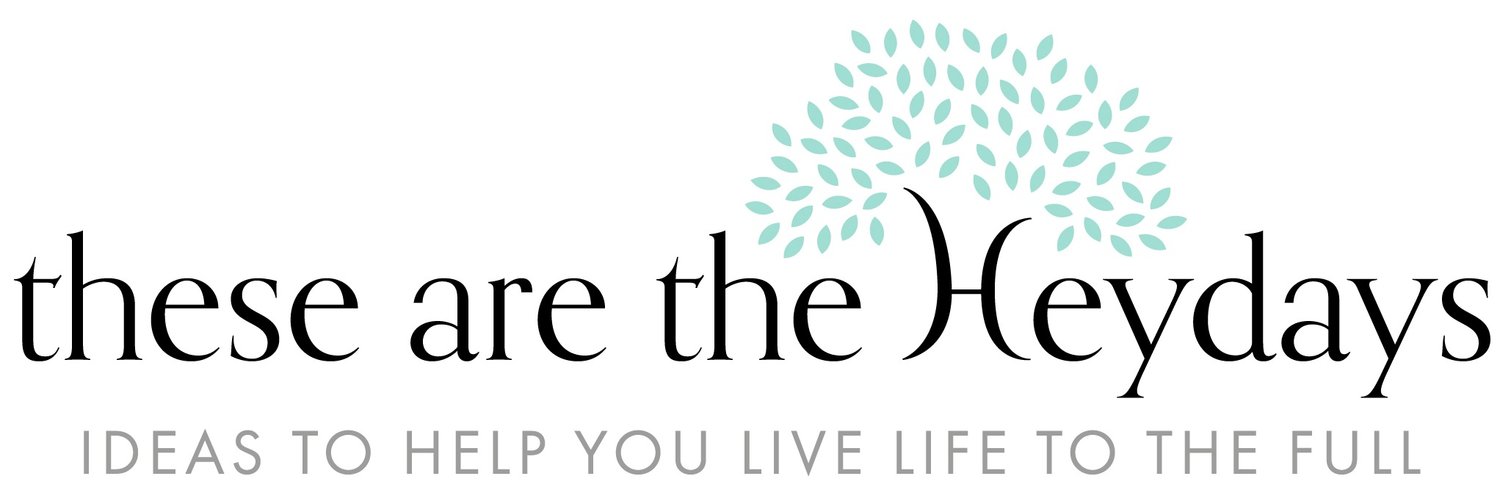Osteoporosis - what to do to reduce your chances of getting it
A good friend around my age was startled to discover from a recent bone scan that, in spite of having no symptoms and a generally healthy lifestyle, she had osteoporosis.
Prompted by her unexpected, and unwelcome, diagnosis, I’ve booked myself in for a precautionary scan. So although I don’t know whether I too might be one of the more than three and a half million people in the UK living with the condition, I’m working on the basis that forewarned is forearmed, and have been looking into what exactly osteoporosis is, what the risk factors are and what you can do to minimise them.
In the hope that it could be of use to you, here’s what I’ve found:
What is osteoporosis?
Simply put, it’s a condition where bones become porous or spongey - the name comes from the Latin for ‘porous bones’ - and lose strength and density. This makes them more likely to break easily.
What are the symptoms of osteoporosis?
Unfortunately in its early stages there typically aren’t any, and many people only discover they have the condition when they break something.
The stage before osteoporosis is known as osteopenia. A bone density scan shows up if you have lower bone density than average, but not low enough to be classed as osteoporosis.
Having osteopenia doesn’t always mean you’ll develop osteoporosis, and there are things you can do to maintain your bone health and reduce the risk of developing it.
Who’s at risk of osteoporosis and how can you tell if you are?
Anyone can get osteoporosis and although there are no early warning signs, which isn’t very helpful or reassuring, there are certain factors that increase your risk - some of which are out of your control, some of which can be lessened by lifestyle changes to protect your precious bones.
Some of the factors that are out of our control, but worth being aware of:
Gender - women are more likely than men to develop osteoporosis. That’s because the process of bone loss is accelerated after menopause. And because men tend to have bigger bones, which has been found to reduce the risk of breaks.
Age - our bone tissue naturally starts to decrease from our late 30s, although the rate at which this happens varies from person to person.
Family history - if you have a parent of sibling with osteoporosis, you’re more likely to develop it yourself, especially if either parent fractured a hip.
Having broken bones in the past - apparently you’re three times more likely to break a bone if you’ve broken one before.
Gastrointestinal surgery - stomach of intestine surgery can have the knock-on effect of making it more difficult for the body to absorb essential nutrients like calcium.
Taking steroids and other medications - long-term sue of corticosteroid medications can affect your bone-rebuilding process. Osteoporosis is also linked with medications uses to treat seizures, gastric reflux and cancer
Other factors that increase the chances of developing osteoporosis, but that we can do something about:
Having low levels of vitamin D and calcium - vitamin D helps your body absorb calcium, which is essential for building and maintaining strong bones
Low body weight - being underweight weakens bones for both men and women
Having a sedentary lifestyle - people who don’t exercise much could be at greater risk than those who are active
Drinking too much alcohol - regularly drinking more than 14 units a week (a glass of wine is 1.5 units) affects the cells that build and break down bone. And of course, if it makes you unsteady on your feet that increases the risk of falling an breaking a bone.
Smoking - which slows down the cells that build bone mass
How to prevent or reduce your risk of osteoporosis?
Focusing on the stuff we can do to ward off osteoporosis, the good news is that they’re really not that hard.
Eat well - Making sure you eat enough calcium to protect your bone’s strength is a good place to start. The ideal amount to consume is 700mg per day, and you can easily get that from eating a healthy, balanced diet. Good sources of calcium include:
Dark green leafy vegetables
Low fat dairy products
Sardines with bones
Soya products like tofu or soya milk
Wholemeal bread
Cheddar cheese
Keep active - Our bones are living tissues which get stronger when we use them. So that’s what we need to do! Certain exercises are more effective at keeping our bones stronger than others, specifically those that combine muscle strengthening and weight-bearing with impact.
So, for example, using weights and simple weight-bearing exercises which include (but are not restricted to) walking, hiking, jogging, climbing stairs, gardening, playing tennis and dancing, yoga, pilates, Tai Chi, and dancing.
Get enough vitamin D - here in the UK we can get some of our vitamin D between March and September by exposing our skin to sunlight for around 10 minutes twice a day. But the sun isn’t strong enough to provide enough vitamin D all year round, so taking a 10 microgram daily supplement at least during the months of October to March will help increase your levels.
As will eating foods with small amounts of vitamin D like oily fish, eggs, some port products, lamb liver and fortified bread and yogurts.
Keep your weight/BMI healthy - Being over or under weight can increase your risk of developing osteoporosis so it’s important to try and keep within a body mass index which, by calculating the relationship between your height and weight, is considered a better way to judge what’s within a healthy range.
To find out what that is, use THIS NHS calculator tool.
Don’t smoke - I know. I’m like a broken record when it comes to this and exercise, but not smoking is one of the best things you can do for your overall health, and your bones are included in that.
Drink less - You don’t have to give up alcohol entirely, but your bones will thank if you cut down. As will so much else about how your body works. Aim to drink no more than 14 units in a week, perhaps by having a couple (or more) alcohol-free days.
Work on your balance and coordination - This isn’t so much about improving your bone density but it does reduce the risk of slipping, tripping and falling. And that will reduce your risk of dreaded breakages. There are five great ways to improve your balance in THIS BLOG
All of this will help ward off osteoporosis and reduce your risk of breaking bones if you do have it. There are also medications you can take and treatments that can prevent further bone loss and encourage new bone growth. Talk to your GP about those and what might work for you in your situation.
Other posts to help you stay healthy
How to get the most out of walking





